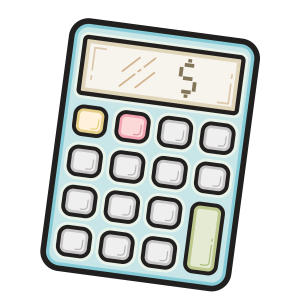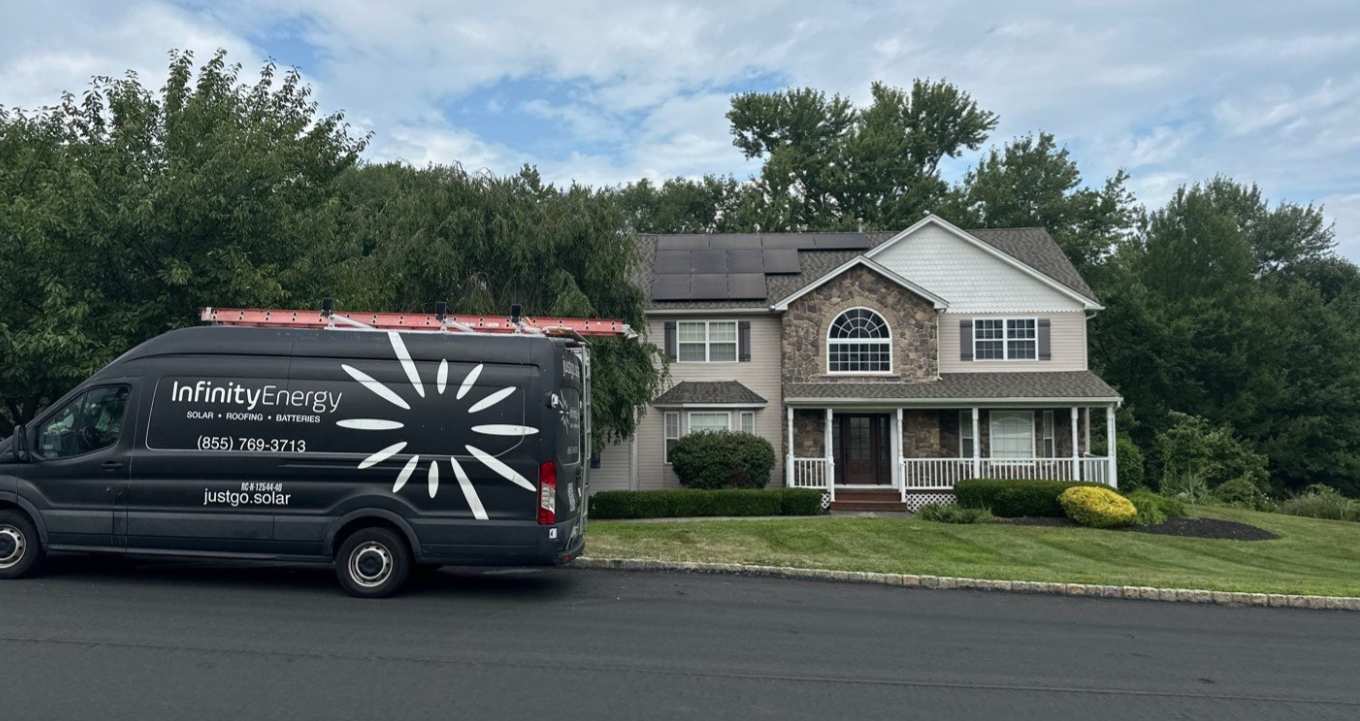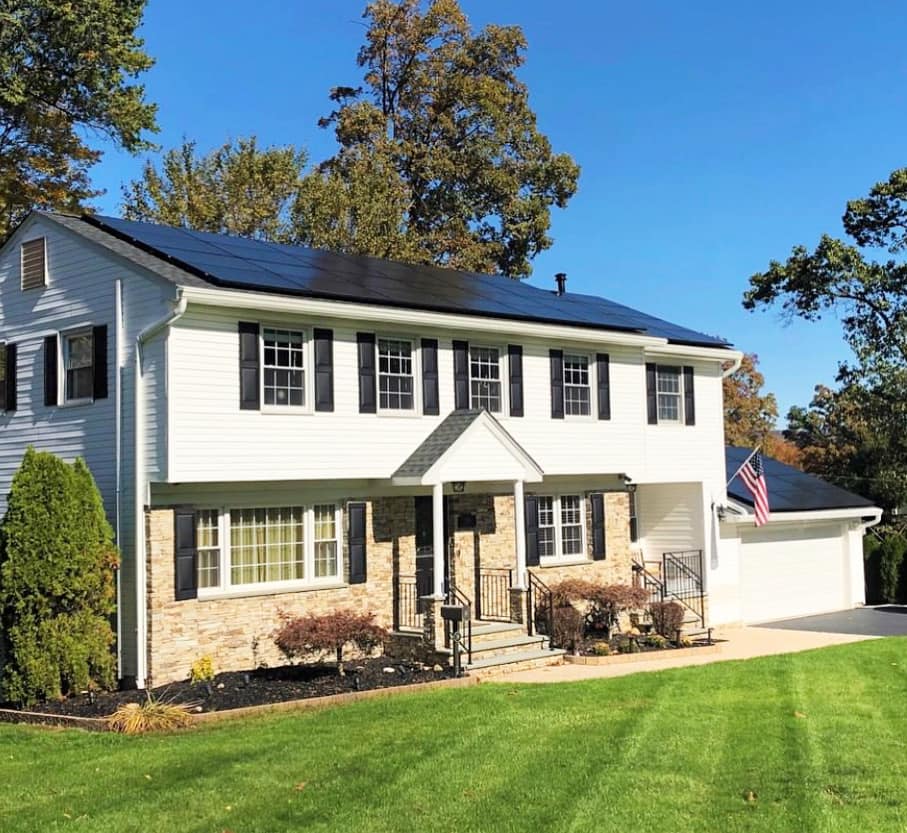This year in the US alone, a solar project is completed every two minutes. By the end of 2015, it’s been projected that the United States’ solar capacity will reach 8,000 megawatts (MW) for the year and 28,000 MW total. Millions of homes in the US are powered by this clean energy source, with more joining the ranks every day!
As solar power takes the country by storm, you may be ready to have SunPower solar panels installed on the roof of your Orange County home. But what about the cost? Isn’t it prohibitive for anyone who doesn’t have tens of thousands of dollars in the bank?
Actually, SunPower solar panels cost less than you might think. Let’s break down what contributes to solar panel costs and how to reduce those costs as much as possible.
Solar Panel Brand
The first decision you must make is what brand of solar panels you want installed. The brand you choose will affect the array’s energy production capabilities for next few decades and determine your overall satisfaction. Here are the top reasons you should choose SunPower:
- High efficiency: Solar modules from this brand are 21.5% efficient, higher than any other solar panel on the market today. This is largely made possible by the monocrystalline cell design, which is more efficient at converting sunlight into electricity than polycrystalline cells. The black appearance of monocrystalline cells is also aesthetically pleasing on your roof.
- Bigger bang for your buck: SunPower panels remain productive years after installation. This feature combined with higher efficiency means the panels generate 70% more electricity than ordinary panels in the first 25 years. With a lifespan of 30, sometimes 40 years or even longer, SunPower delivers the biggest bang for your buck.
- Durability: A solid copper baking helps SunPower panels withstand the elements, even after decades in use. In fact, an industry-leading 25-year power and product warranty puts your mind at ease when you choose this solar panel brand.
- Enhanced performance in the shade: Let’s face it, everything from surrounding trees and buildings to rooftop chimneys and dormer windows can cast a shadow on your solar panels. Thanks to enhanced performance in the shade, SunPower panels tend to lose 8% to 14% efficiency when operating in partial shade compared to a nearly 30% loss in production seen with conventional panels.
- Reliable company: In addition to advanced panel features, the SunPower company has proven its longevity and reliability. Established in 1985, SunPower has been the top pick for NASA’s aircraft, Honda’s cars and solar power plants dedicated by President Obama.
Number of Solar Panels
Once your mind is set on SunPower, you need to decide how many panels you need. In other words, you need to answer the following questions:
How much electricity does your home consume?
Electricity consumption is measured in kilowatt-hours (kWh). Look back at the last year to see how much your home consumes each month on average.
To help you get the most from your solar array, plan to make energy-efficient upgrades before sizing the solar installation. When your home consumes less electricity, the power your solar panels generate goes further to cover your utility needs. Examples of upgrades include replacing old appliances, adding insulation, sealing air leaks and turning off devices when not in use.
How many hours of sunlight do you get?
Orange County New York has 4.5 to 5 “peak sunlight hours” per day. Divide your average daily kWh requirements by the number of peak sunlight hours you receive. For example, perhaps your home uses 20 kWh per day. 20 kWh divided by 5 peak sunlight hours is 4 kWh. Multiply this number by 1,000 to get the number of watts you need your solar panels to produce; in this case, 4,000 watts.
How many watts can your solar panels produce?
The SunPower X-Series panels are 345 watts each. Take the number of watts you need divided by 345 to see the number of panels you need. In this example, the answer rounds up to 12 panels.
Power Inverter Needs
In addition to solar panels, your array needs a power inverter to convert direct current (DC) electricity into alternating current (AC) electricity your appliances can use. Depending on the size of your array, you may need more than one inverter.
The most important feature when choosing an inverter is a technology called Maximum Power Point Tracking (MPPT). This comes standard on most new inverters and allows solar panels to work more efficiently in shaded conditions. Your installer is likely to select the inverter brand and type to accompany your installation. Make sure the installer you choose installs an inverter with this feature.
Mounting Hardware
As opposed to being attached directly to your roof, solar panels are actually mounted to special hardware. This maximizes sun exposure by ensuring an ideal angle and prevents any damage to the roof. SunPower solar panel installers generally use their preferred type of mounting hardware. If you’re given options, consider making your selection based on quality and not price alone.
Labor Costs
It’s easy to forget about “soft costs” like labor, but this is a major factor in what SunPower solar panels cost. After hearing this, you may be tempted to perform the installation yourself, but this is not recommended. The dangerous jobs of mounting heavy equipment high on your roof and handling tricky electrical work are best left to the professionals.
Labor costs vary widely based on these factors:
- Geographic location
- The installer’s rates
- The size and complexity of the installation
- The time it takes to complete the job
- Any preliminary work that must be completed prior to solar panel installation, including roof repair and tree trimming or removal
Expect labor to contribute to about 10% of the overall SunPower solar panels cost. If an installer gives you labor estimates significantly higher than this, consider looking elsewhere.
How to Keep Solar Panel Costs Down
With an idea of the factors that contribute to the total SunPower solar panels cost, you’ll be relieved to know you have ways of lowering these costs, both upfront and over the long term:
Apply for solar incentives
As a New York resident, you have many opportunities to cut solar panel costs:
- Federal tax credits cover 30% of the cost with no upper limit.
- New York State tax credits cover 25% of the cost with a $5,000 upper limit.
- The New York State Energy Research and Development Authority (NYSERDA) offers cash rebates for qualifying installations. These rebates will decline over time, so the faster you act, the more you benefit.
- Sales and property tax exemptions save you money upfront and over the long term.
- Net metering allows you to sell back excess electricity to your utility company.
Finance your purchase
While solar incentives greatly decrease the required investment, if you still can’t cover the upfront SunPower solar panels cost, you can finance your purchase with a solar lease or loan. Both options allow you to switch to solar for $0 down.
Clearly, there’s no straightforward answer to how much SunPower solar panels cost. For more detailed estimates based on your situation, contact a solar installer in Orange County today.











